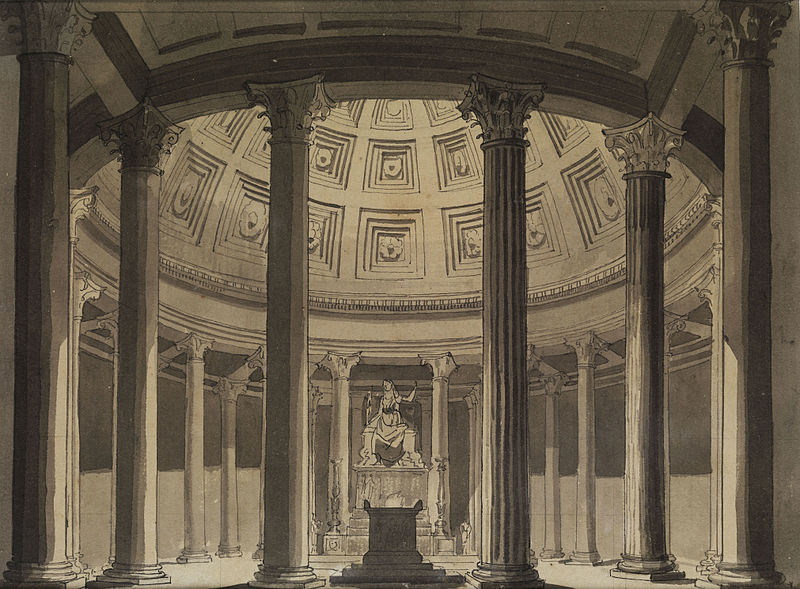
There was once a very successful architect who made a great name for himself. At length he built a magnificent temple, to which he devoted more time and thought than to any of the other buildings he had erected; and the world pronounced it his masterpiece. Shortly afterward he died, and when he came before the judgment angel he was not asked how many sins he had committed, but how many houses he had built.
He hung his head and said, more than he could count.
The judgment angel asked what they were like, and the architect said that he was afraid they were pretty bad.
‘And are you sorry?’ asked the angel.
‘Very sorry,’ said the architect, with honest contrition.
‘And how about that famous temple that you built just before you died?’ the angel continued. ‘Are you satisfied with that?’
‘Oh, no,’ the architect exclaimed. ‘I really think it has some good points about it, — I did try my best, you know, — but there’s one dreadful mistake that I’d give my soul to go back and rectify.’
‘Well,’ said the angel, ‘you can’t go back and rectify it, but you can take your choice of the following alternatives: either we can let the world go on thinking your temple a masterpiece and you the greatest architect that ever lived, or we can send to earth a young fellow we’ve got here who will discover your mistake at a glance, and point it out so clearly to posterity that you’ll be the laughing-stock of all succeeding generations of architects. Which do you choose?’
‘Oh, well,’ said the architect, ‘if it comes to that, you know — as long as it suits my clients as it is, I really don’t see the use of making such a fuss.’
— Edith Wharton, The Valley of Childish Things, and Other Emblems, 1896
